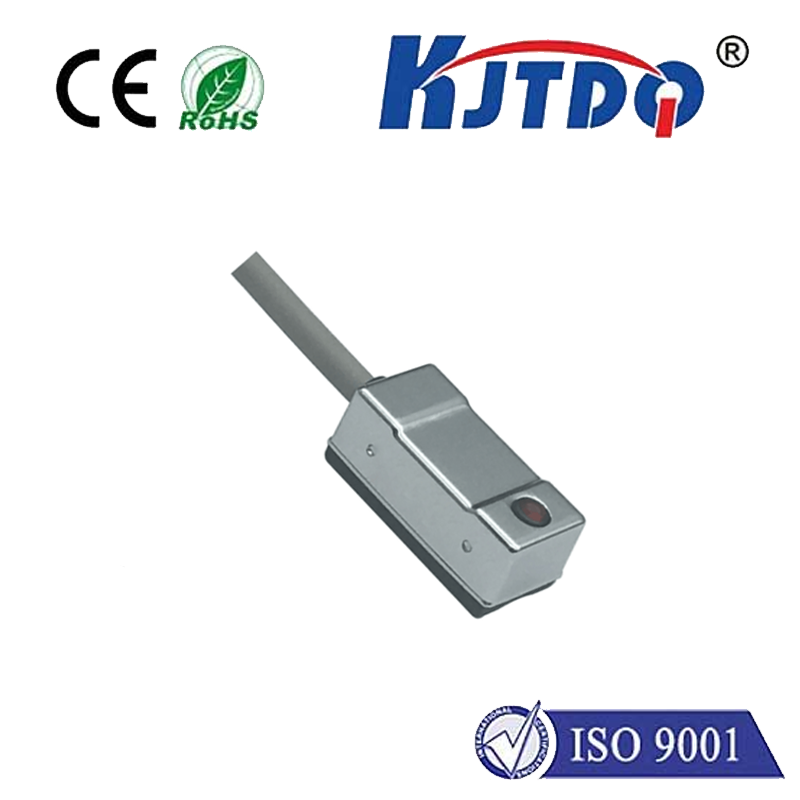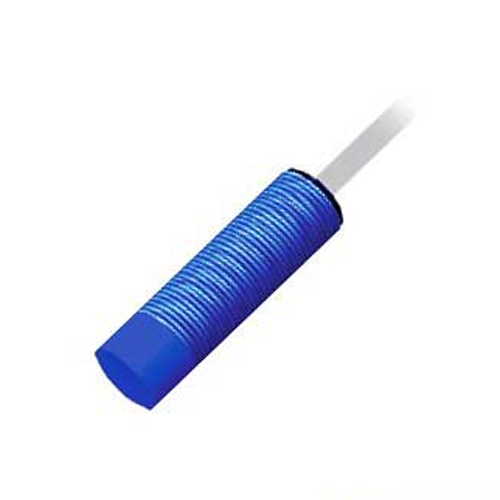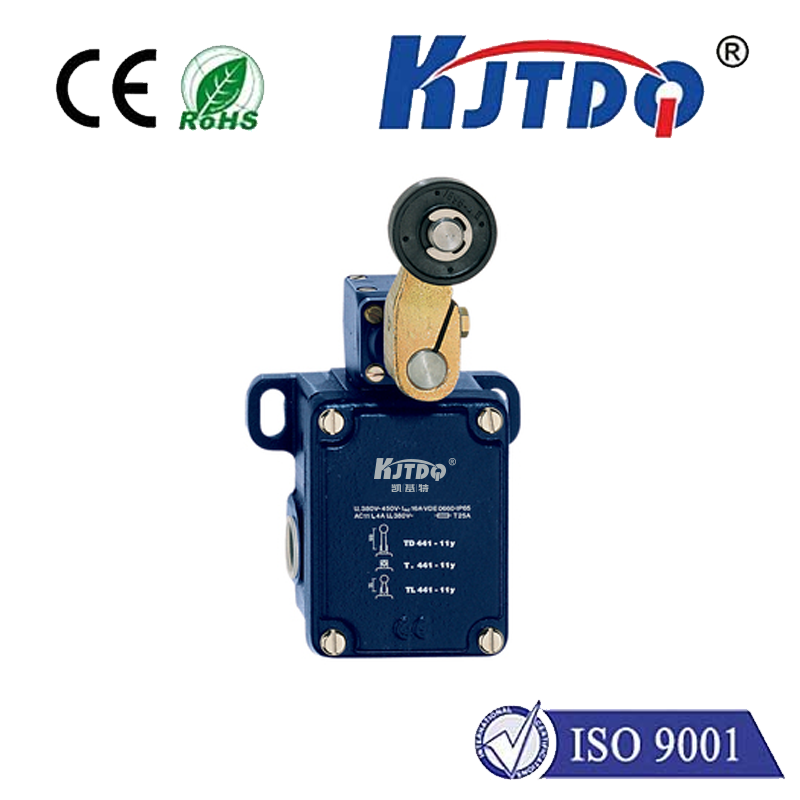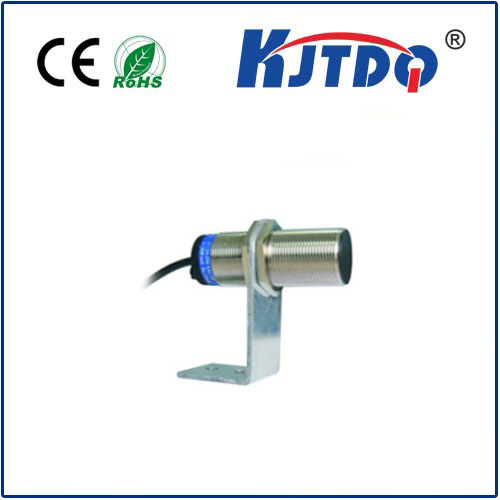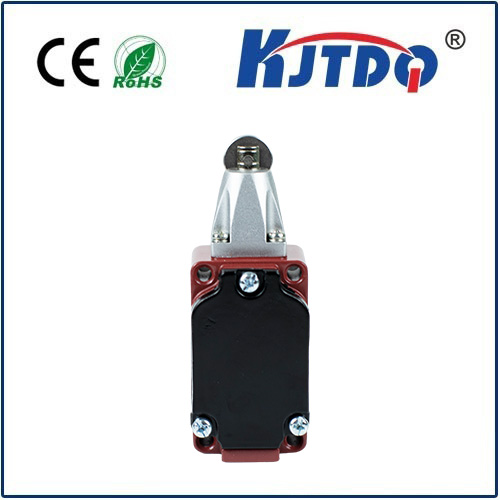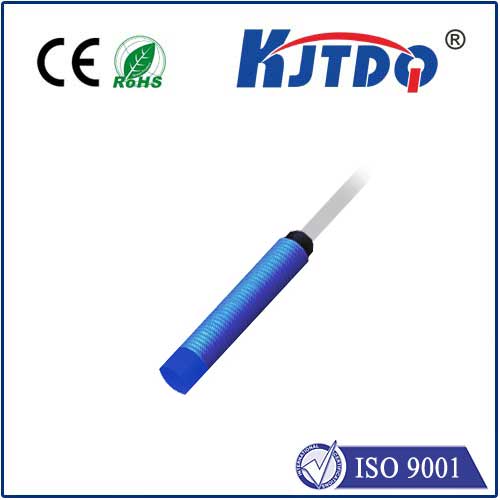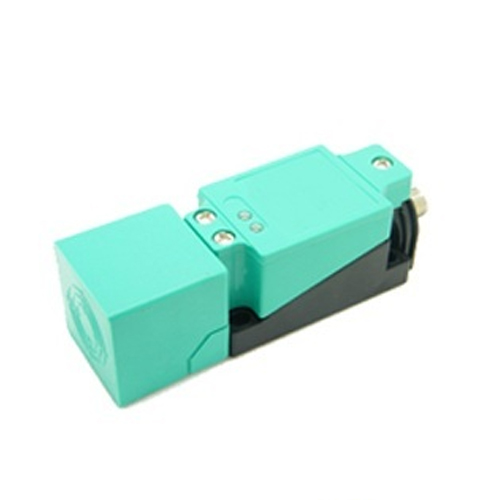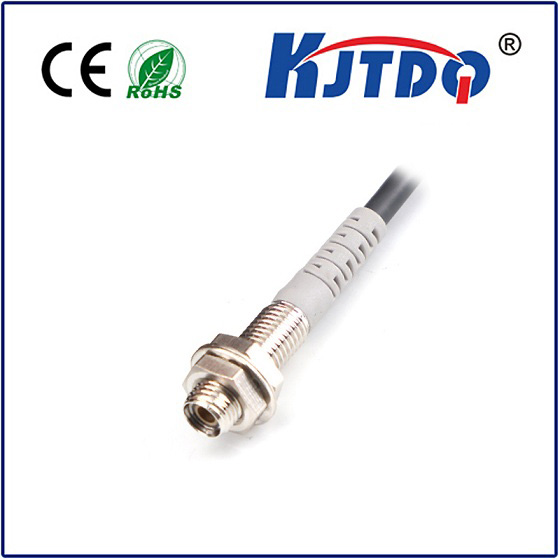

check

check

check

check

check

check

check

check

check

check
Laser Temperature Sensor: A Revolutionary Tool for Precision Measurement
The advancement of technology has brought about numerous innovations that have made our lives easier and more efficient. One such invention is the laser temperature sensor, a revolutionary tool that has significantly improved the accuracy and reliability of temperature measurement in various industries. In this article, we will explore the features, applications, and benefits of using a laser temperature sensor.
A laser temperature sensor utilizes a high-power laser beam to measure the temperature of an object without making physical contact with it. This non-contact method eliminates potential errors that may arise from traditional contact methods, such as thermal conduction and radiation interference. As a result, the laser temperature sensor offers exceptional accuracy and precision in temperature measurement.

The working principle of a laser temperature sensor involves the emission of a focused laser beam onto the surface of an object. The laser then interacts with the object's surface, causing it to emit light in response. This interaction generates a unique signal that is detected by the sensor's photodetector. The sensor analyzes this signal to determine the object's temperature based on its spectral characteristics.
The laser temperature sensor has a wide range of applications across various industries. In manufacturing processes, it is used to monitor and control the temperature of molten metals during casting and welding operations. In food processing, it helps ensure consistent cooking temperatures for optimal results. Additionally, it plays a crucial role in scientific research, allowing researchers to study temperature-dependent phenomena accurately.
One significant advantage of using a laser temperature sensor is its ability to perform measurements over long distances. This feature makes it ideal for monitoring temperatures in hazardous environments or locations where access is limited. Furthermore, since it does not require any physical contact with the object being measured, there is no risk of contamination or damage to the sensor or the object itself.
Another benefit of using a laser temperature sensor is its fast response time. It can quickly detect changes in temperature, providing real-time data for immediate action if necessary. This rapid response time is particularly useful in situations where temperature fluctuations need to be closely monitored to prevent equipment damage or product quality issues.
In conclusion, the laser temperature sensor is a groundbreaking tool that offers unparalleled accuracy and efficiency in temperature measurement. Its non-contact method, wide range of applications, and ability to provide real-time data have made it an essential device in various industries. Whether you are involved in manufacturing, food processing, or scientific research, incorporating a laser temperature sensor into your workflow can greatly improve your operations and help you achieve optimal results
